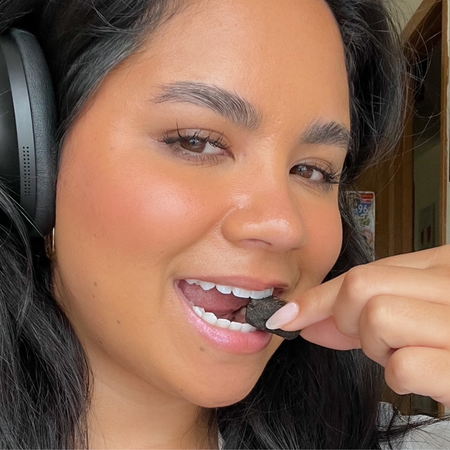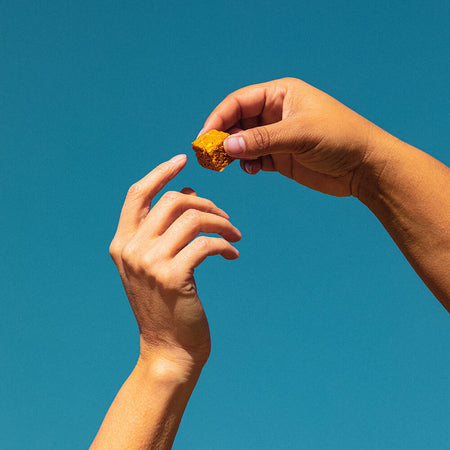The Bite

Science Board
Meet our Functional Medicine Advisor, Dr. Jeffrey Egler
Dr. Jeff Egler, MD is board certified by the American Board of Family Medicine and has completed the certification training with the Institute of Functional...
Read more
Science Board
Meet Our Biochemist, Dr. Matthew Posewitz
Dr. Posewitz is a professor of Chemistry at the Colorado School of Mines in Golden, CO. The research laboratory he works in has studied algal...
Read more
Science Board
Meet Our Registered Dietitian, Vanessa Rissetto
Vanessa Rissetto is a registered dietitian, the Co-founder of Culina Health, and the newest member of GEM’s Scientific Advisory Board, an ever-evolving collective of...
Read more
Science Board
Meet Our Herbalist, Rachelle Robinett
Rachelle brings her background as an herbalist, educator, and life-long naturalist to the GEM Advisory Board. Rachelle combines global herbalism wisdom with today’s new science,...
Read more
Science Board
Meet Our Biomolecular Nutritionist, Dr. Richard Bruno
Richard Bruno is a registered dietitian and biomolecular nutritionist. He is a Professor of Human Nutrition and serves as Director of the Bionutrition Core Laboratory...
Read more
Science Board
Meet Our MD Board-Certified Neurologist, Dr. Ilene Ruhoy
Dr. Ruhoy is a board-certified neurologist, who works with chronic and complex diseases. She runs her own private practice, where she treats her patients with...
Read more
GEM Vitamin Reviews + Testimonials
Ahead, find GEM’s most-trusted reviews and testimonials from real customers on taste, quality, effect, and if they’re worth the cost. There’s a lot to take...
Read more
Health
Same Taste, Even More Nutrients Now in Citrus Ginger!
I’m so excited to tell you that we’ve packed even more essential real-food nutrients in your Citrus Ginger Bite! We’re constantly looking for ways to...
Read more
Real People Real Food
Why This LA Creative Says Every Adult Should Have A Hobby
GEM is dedicated to revolutionizing how people think about wellness and self-health, and that means meeting you where you’re at. In our new interview series,...
Read more
Pictures of Self Health
Pictures of Self-Health - Arden Vail
Here at GEM, we coined the term “self-health” to describe each person’s individualized path to feeling their best. Here’s what that looks like in...
Read more
Real People Real Food
Get To Know Them: Abby Price of Abbode NYC
GEM is dedicated to revolutionizing how people think about wellness and self-health, and that means meeting you where you’re at. In our new interview series,...
Read more